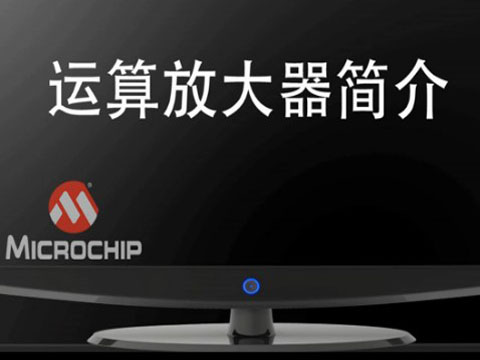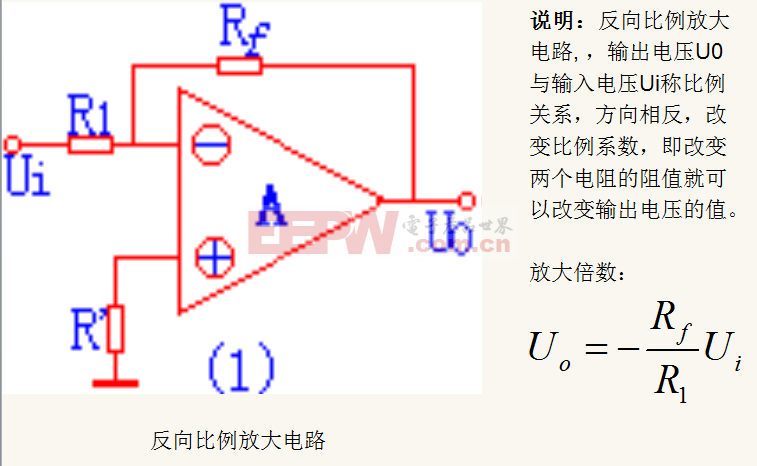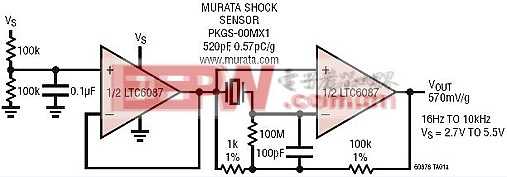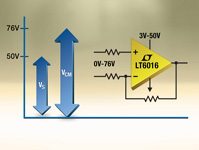使用宽带电压和电流反馈运算放大器时的应用基础
With both current and voltage feedback operational amplifiers (op amps) available to the system designer, how do you select which device to use? This two-part article discusses applications most suited to each type of op amp, and why certain applications are unsuitable for one or the other type of amplifier. Widely-used circuits are shown with example designs. The emerging fully differential amplifier type of amplifier (a special case of a voltage feedback device) is also shown along with several suitable applications.Part 1reviews the internal differences between the two types of op amps and presents some key applications most suitable to voltage feedback type devices.
  |
Initial amplifier selection criteria
There is a bewildering array of possible op amps for a designer to select from in any given application. However, there are distinct internal differences between the two major types of amplifiers: voltage feedback (VFB) and current feedback (CFB). These differences may lead a designer to choose one over the other in certain applications. A newer type of op amp, the fully differential amplifier (FDA), is a type of voltage-feedback op amp that includes an output common-mode control loop. It has the same application emphasis as a standard voltage feedback amplifier, as well as several specific applications ideally suited to this type of amplifier.
Before giving any attention to the type of amplifier to use, most designers first should consider the output signal requirements (for example, maximum desired output Vppand output current, as well as load type) and necessary dynamic characteristics such as settling time, full power bandwidth, or a distortion requirement. Using these specifications, the universe of possible amplifiers can be narrowed to devices that can handle the correct range of supply voltages needed to deliver the output Vpp, and then limited further to a minimum supply current versus desired output dynamic characteristic. Normally, a CFB gives the best power efficiency for higher-frequency dynamic range needs, while a VFB generally has better noise and/or DC precision, and is the part of choice for certain types of circuits.
Internal comparison of voltage and current feedback op amps
To understand why some circuits work better with one or the other type of amplifier, you need to first understand the internal topology of each amplifier and their resulting transfer functions. Compare a simplified expression for the Laplace transfer function written in loop gain format.Figure 1shows the internal block diagram of a VFB along with the internal model and closed loop transfer function. A(s) is the frequency-dependent open-loop gain of the op amp. It is modeled here as a single dominant pole response. Figure 1 uses an inverting gain configuration for comparison purposes because the FDA device is most clearly understood as a differential inverting configuration.










评论